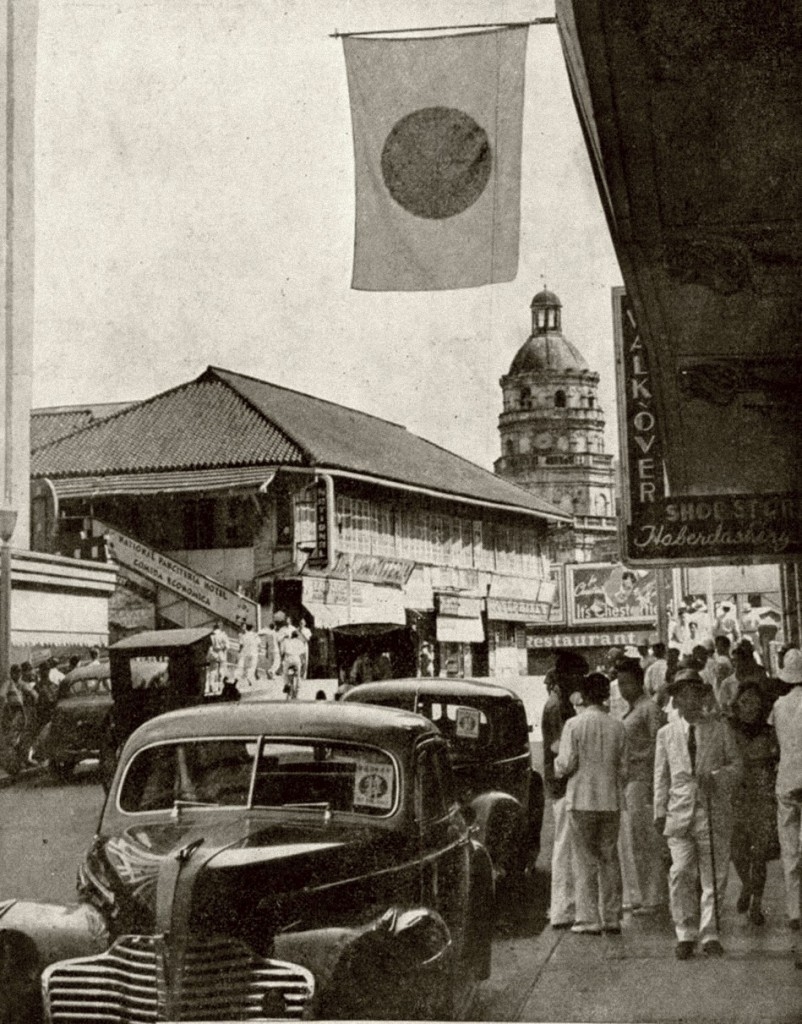The Iconic El Hogar Building: A Glimpse of Colonial Manila
Nestled in the heart of Manila, the El Hogar Building stands as a testament to the city’s rich colonial past. This architectural gem, with its unique blend of styles, offers a window into the history and culture of the Philippines during the early 20th century. For those interested in architecture, history, or simply exploring Manila’s heritage, the El Hogar Building is a must-see.
Historical Significance
The El Hogar Building, constructed in 1914, is one of the few remaining structures that showcase the architectural style prevalent during the American colonial period in the Philippines. Designed by the renowned architect Ramon Irureta-Goyena and engineer Francisco Perez-Muñoz, the building was originally intended to house the offices of the Sociedad El Hogar Filipino, a financing cooperative. Its construction marked a period of economic growth and modernization in Manila, reflecting the city’s transformation under American influence.
The building’s historical significance is further underscored by its survival through World War II, a time when many of Manila’s structures were destroyed. Despite the challenges of time and urban development, El Hogar remains a symbol of resilience and a reminder of the city’s storied past.
Architectural Features
El Hogar’s architecture is a captivating blend of Beaux-Arts and Neoclassical styles, characterized by its grand façade, intricate ornamentation, and elegant symmetry. The building’s exterior features ornate cornices, arched windows, and decorative moldings that reflect the opulence of the era. Its design is a testament to the craftsmanship and attention to detail that defined early 20th-century architecture in Manila.
Inside, the building boasts spacious interiors with high ceilings and large windows that allow natural light to flood the space. The use of reinforced concrete, a relatively new construction material at the time, highlights the innovative spirit of its designers. This combination of aesthetic beauty and structural integrity makes El Hogar a standout example of colonial architecture in the Philippines.
Visiting El Hogar Today
While the El Hogar Building is not currently open to the public for tours, its exterior can be admired from the street, offering a glimpse into Manila’s architectural heritage. Located along the Pasig River, the building is easily accessible and can be included in a walking tour of the city’s historic district. Nearby attractions include the iconic Intramuros, the Manila Cathedral, and Fort Santiago, making it a convenient stop for history enthusiasts.
For those interested in photography, El Hogar provides a stunning backdrop with its intricate details and historical ambiance. Capturing the building’s façade during the golden hour, when the sunlight casts a warm glow, can result in breathtaking images that highlight its architectural beauty.
In recent years, there have been discussions about restoring and repurposing the El Hogar Building to preserve its historical value. While plans are still in development, the building’s potential for adaptive reuse offers hope for its continued preservation and appreciation by future generations.
